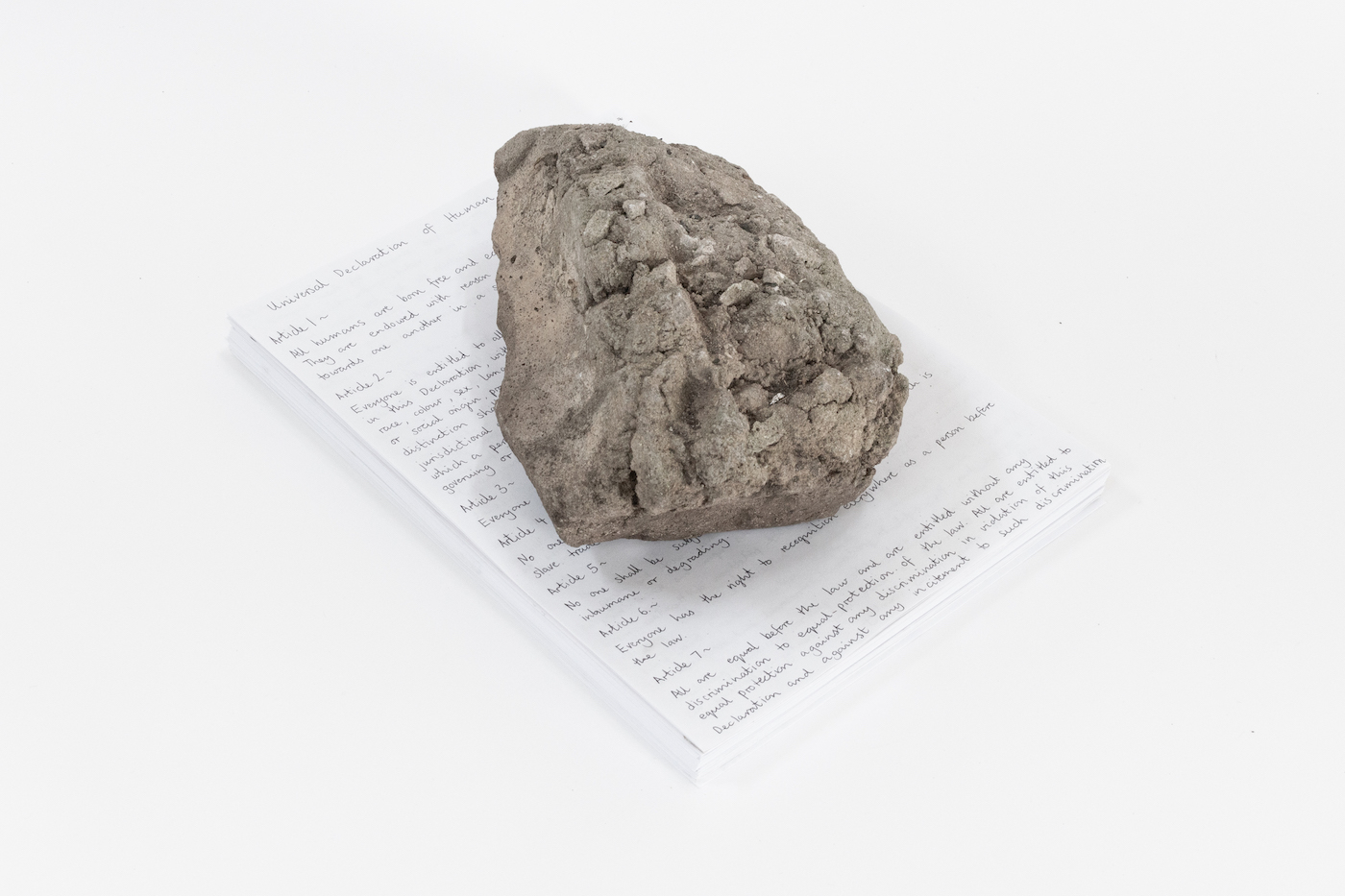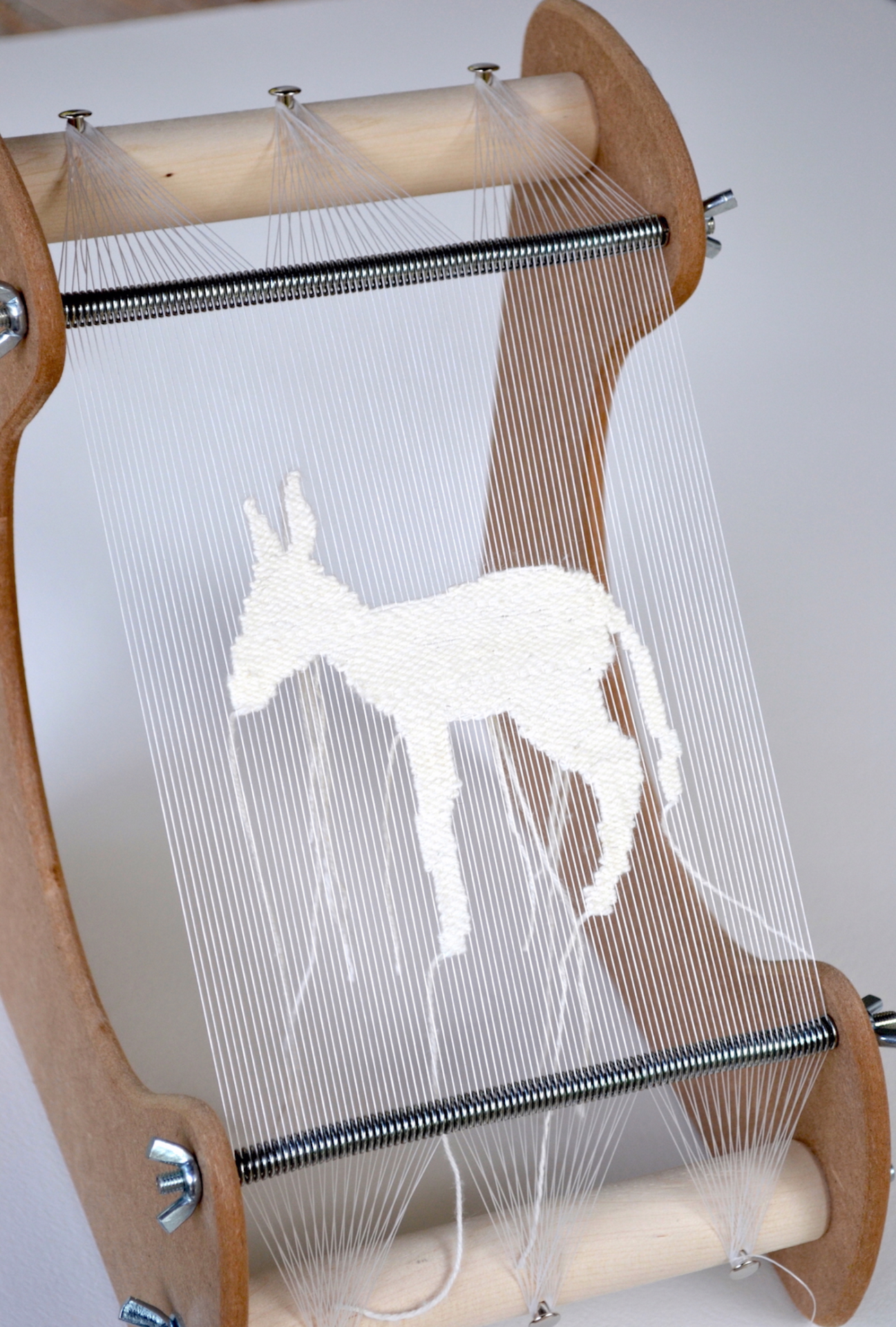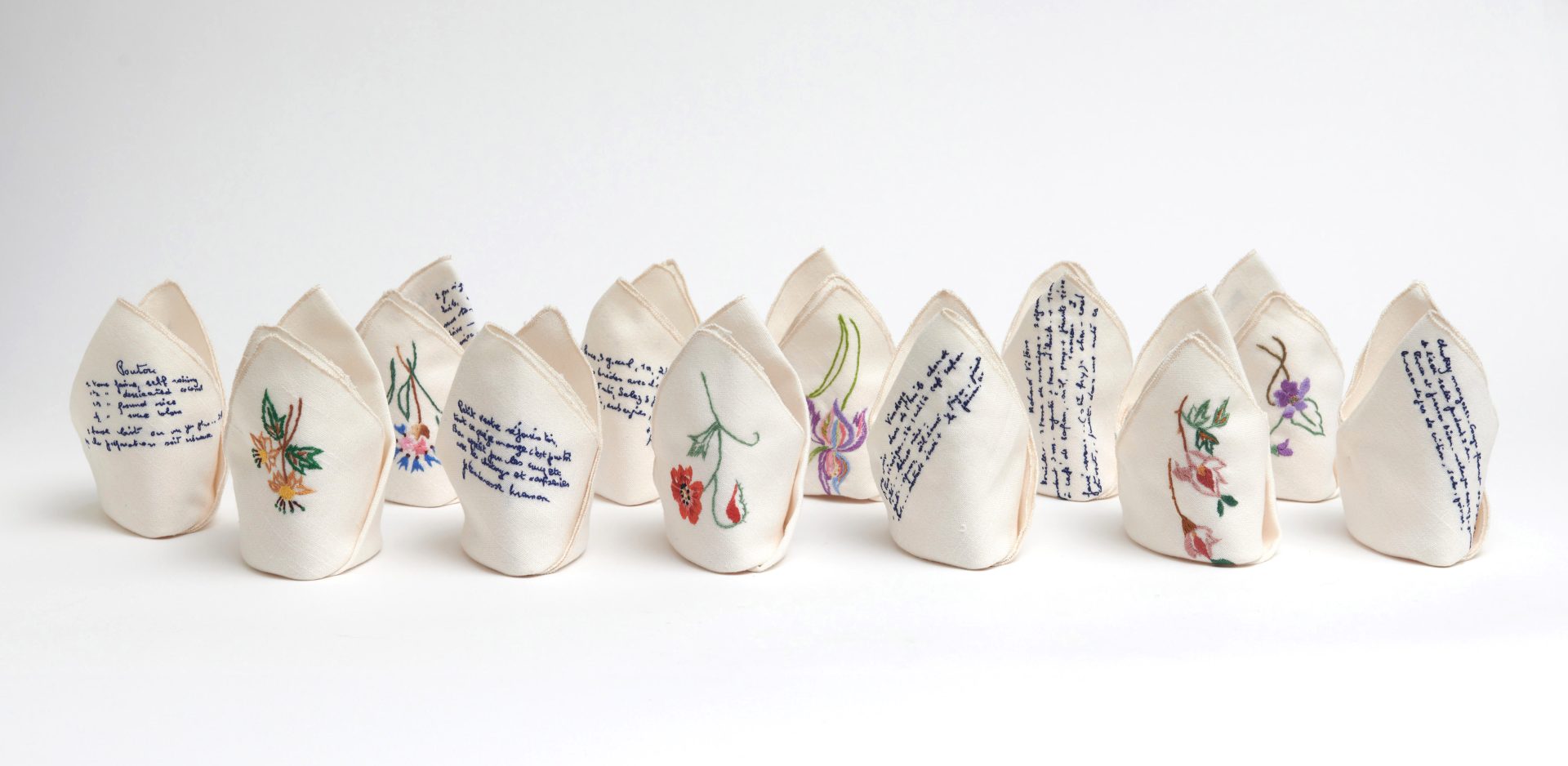Inside the Selection Process: Tips for Thematic Art Award Entries
In February this year Mandorla held its Artists’ Theme Forum at Holmes à Court Gallery in Gooyaman West Perth. It was an engaging session in which guest speakers expanded on the 2026 theme and also considered how to approach thematic art awards. In this blog post, I’ll give a little recap of some of the points I covered, which draw from my experiences on selection panels as well as my role facilitating judging as the Curator of the Mandorla Art Award.
It might seem like a rather impenetrable process from the outside; how does a panel select 40 works from 250+ entries? What are they looking for? And how can they measure such vastly different works against each other? Believe me, I know how disappointing it can feel to not be selected – I’ve been on both sides of the selection process. It can seem like a lottery. However, there are some things to keep in mind when creating work for an art award and ways to make sure you are addressing the selection criteria. One of Mandorla’s great strengths is that it is a thematic award, which provides a strong creative provocation for artists. Having a theme to work with can help set parameters for artists and give cohesion to the exhibition, whilst encouraging diversity in how the theme is interpreted, the medium, style, and the artist’s specific approach.
Here are my tips for creating strong thematic art award entries:
- Your response to the theme is authentic to you as an artist and is shaped by your own interests and methods of creating ie it is in some way consistent within your practice. Panels are often familiar with the artist’s practice, or if they aren’t then they will look them up to see other work. If the work you enter is wildly different to any other work you have ever made, it can be hard for the selection panel to understand your practice and the intent behind the work.
- It is of high technical quality and is visually compelling. This means also providing quality documentation.
- It brings something unique and distinct to the conversation.
- It is an actual response, and not an existing work that is shoe-horned into the award theme. Again, panels often know.
EXAMPLES FROM THE LAST AWARD
2024 THEME: Refocus: “Let all that you do be done in love.”
Artists approached this theme in very different ways; however, I want to focus on three of the ‘sub-themes’ I saw emerge in the finalists’ artworks and how this aligned with the artists’ own practices:
1. Love – Our social bonds and connection with the broader community
This included artworks that had a social and conceptual focus, such as Belinda Yee’s “With these words (a secular prayer)”. This work was made by Belinda enlisting 60 strangers to volunteer one to two hours to handwrite the entire Universal Declaration of Human Rights. She chose a text that resonates across faith, nationality, politics, history, age, gender and language. The participants came from different countries and cultural background, but shared a moment to reflect on love, compassion, the meaning of community and hope. This work was a wonderful development of Belinda’s practice, as she uses drawing in a very performative way, often with embedded elements of time and endurance. She is interested in philosophical ideas, spirituality and the human condition, and With these words (a secular prayer) reminds us of our social bonds and the importance of loving all humans. It was also a very unique work in the exhibition in terms of its material qualities and was strikingly original in its interpretation of the theme.

Image credit: Belinda Yee, With these words (a secular prayer), 2024, a socially-engaged project where over 60 people have hand written the Universal Declaration of Human Rights – ink on office paper, concrete aggregate, 25 x 21 x 29 cm. Courtesy and copyright the Artist.
Another finalist’s piece made in the vein of socially-engaged works, “Love Thy Neighbour” by Tessa Mackay, was an exquisitely created trompe-l’œil painting showing a to-scale mobile phone with legible text on the screen. It revealed an email from a landlord advising a tenant that their rent will go up, by nearly double. The work was poignant and timely, considering current housing insecurity in the cost-of-living crisis, which is forcing an increasing percentage of our society into poverty and homelessness. The title ‘Love thy neighbour’ implores viewers to remember the simple message of empathy and equality, and that the well-being of everyone in our society is of concern to all of us. It takes the theme to a macro level, as we again consider love on a societal scale. The hyper-realism of the small painting was recognisably Tessa’s style and the depiction of text was also a clever tie in with the Award’s use of scripture.

Image credit: Tessa MacKay, 2024, Love Thy Neighbour, oil and acrylic on aluminium, 30 x 26 cm. Courtesy and copyright the Artist.
2. Love – our bonds with animals, our care for the environment, and our personal & familial connections to the land
This was another strong thread or ‘subtheme’ that ran through the last award, and there were many works that featured animals and landscapes. Jillian Green’s ‘Joseph’s Reprieve’, was a delightful and delicate little weaving of a donkey in white thread on a wooden beading loom. In her statement, Jillian described the labour of love in maintaining Jospeh’s health through the damp and chilly winters on her rural property near Denmark. The work’s title references the summer reprieve, when her donkey’s health is at its best. Is it a tender work, about her love for this fragile animal. It is also an animal featured in biblical text, and the way it is made is in-line with her recent focus on textiles.

Image credit: Jillian Green, Joseph’s Reprieve, 2024, cotton, nylon thread on beading loom25 x 20 x 25 cm. Courtesy and copyright the Artist.
3. Love – religious imagery, ceremony and symbolism:
Bernard Appassamy’s “The Twelve Napkins” features 12 napkins embroidered with flowers, gifted from his Mauritian Catholic mother, who is now deceased. As explained in his beautifully written artist statement, when Bernard came out to her as a gay man, their relationship became fraught with tension over his sexuality. It took time to find a space that they could share again. In his memories of his mother, food and crafting textiles become place of continued connection and love for them. Bernard added the embroidered recipes, handed down from her, on this set of napkins. They are a familiar object that evokes the home, family gatherings and keepsakes, and here are folded into the shape of a bishop’s mitre, and arranged as a dinner seating for 12. This quietly powerful work was awarded the Highly Commended Prize, sponsored by the Catholic Archdiocese of Perth, and the judges found it to invite the viewer into an intimate and vulnerable space in which family and faith are intertwined

Image credit: Bernard Appassamy, The Twelve Napkins, 2024, linen and cotton, 15 x 80 x 35 cm. Courtesy and copyright the Artist.
To conclude, I want to briefly touch on the 2026 theme, which is so rich, provocative and relevant:
What is Truth?“I was afraid, because I was naked: and I hid myself” – Genesis 3:10
When it was announced at the last award opening, there was an audible gasp from the audience – which I took as a good sign! Perhaps those present sensed that this theme will provoke powerful and even confronting artworks. Art can be beautiful, but it can also be challenging, political, and deeply personal. My personal feeling is that we should not shy away from things that are difficult. One of the great themes for many contemporary artists our own identities – which we can understand as being our own truths, and this can include using art to “speak truth to power”.
Explore the theme now or discover how to write an impactful artist statement with our webinar, available now.
Everyone at Mandorla is looking forward to seeing what artists create for the 2026 Award – we hope the theme encourages a wealth of creative responses and all the best to all of you.
Erin Coates
Curator
